📈 From Zero to Scale: How to Build a Distribution Engine That Lasts
Part 2 of our Growth Series for Early Stage Founders
🔄 Picking up from Part 1
Last week we took apart a piece of SaaS orthodoxy: that Net Revenue Retention below one hundred percent is fatal for a young product.
In the first innings churn is often a mirage. Projects finish. Seats pause. Small teams experiment. That does not mean the product is broken.
The real question is whether you can bring in and activate new users faster than the old ones drift away.
We looked at acquisition velocity, not lagging MRR. We reframed churn through the job-to-be-done lens: a design platform losing one agency after a campaign may still be thriving if a larger wave of studios is joining each week.
The lesson was simple: early growth is a race between the leaks in your bucket and the strength of your tap. Plugging every hole too soon is like building a dam before you know where the river runs.
If you missed it, you can read Part 1 here.
Today we shift focus. Once you decide to prioritise distribution, you need more than luck or a launch spike. You need a repeatable engine.
🧱 The Four Pillars of a Distribution Engine
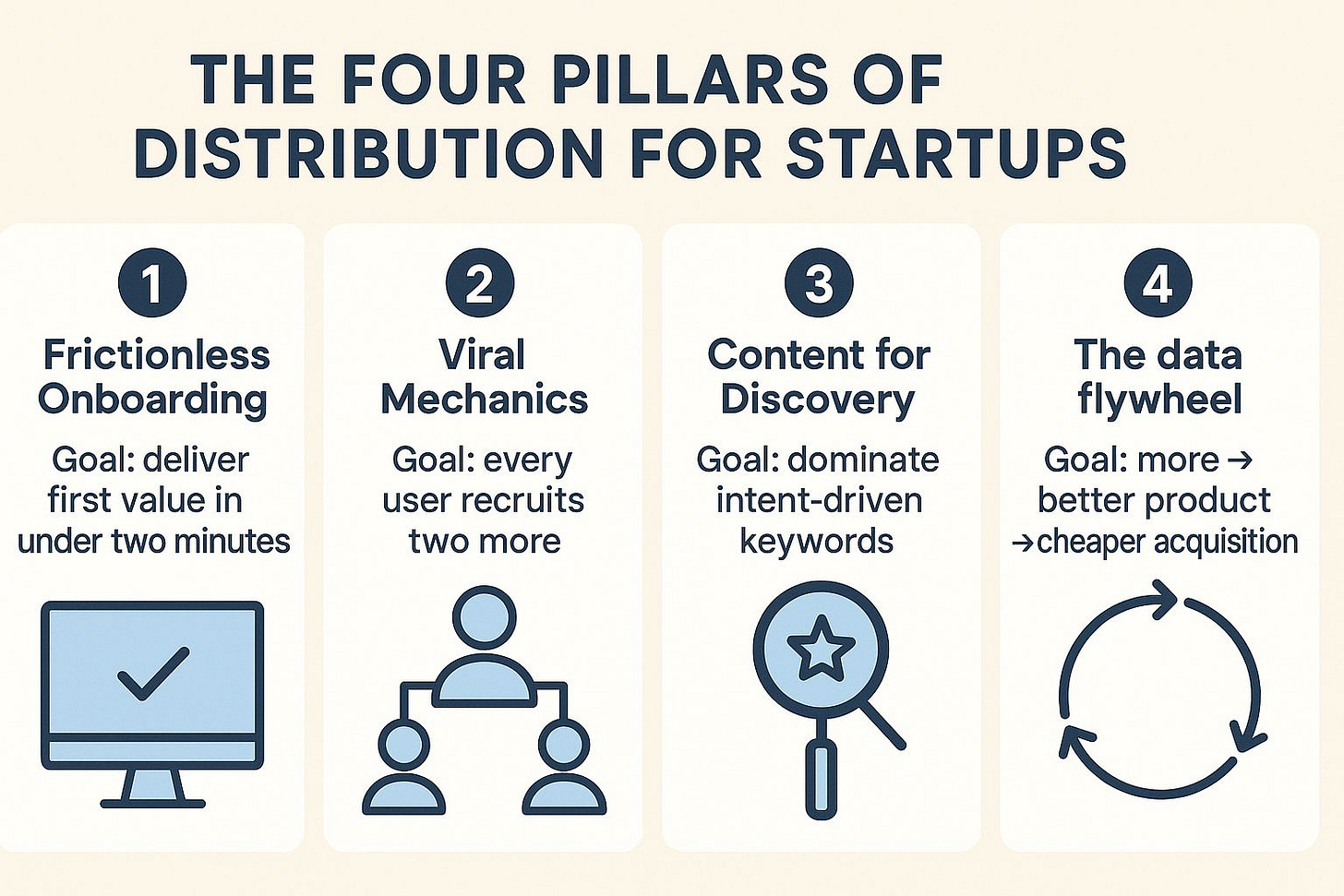
1️⃣ Frictionless Onboarding
✨ Goal: deliver first value in under two minutes
Onboarding is not paperwork; it is the opening act of your product’s story. Every moment between curiosity and a clear win drains intent.
Keep the door wide: one email field or social login is enough. Save billing and integrations until they have tasted value.
Then craft a single player mode that is genuinely useful before collaboration kicks in. Figma allowed one designer to sketch alone. Loom let anyone record a quick video without waiting for a team. That early hit of usefulness earns permission to explore deeper.

2️⃣ Viral Mechanics
🎯 Goal: every user recruits two more
Virality is not an accident; it is architecture.
Map the emotional highs in your workflow — publishing a design, finishing a checklist, exporting a polished report. Plant a one-click invite right at those peaks, when users feel proud or need someone else to complete the loop.
Make sure what they share is attractive in its own right: a template, a video, a board. These are living ads, showing value and inviting the recipient to join. Each output becomes an on-ramp for the next user.
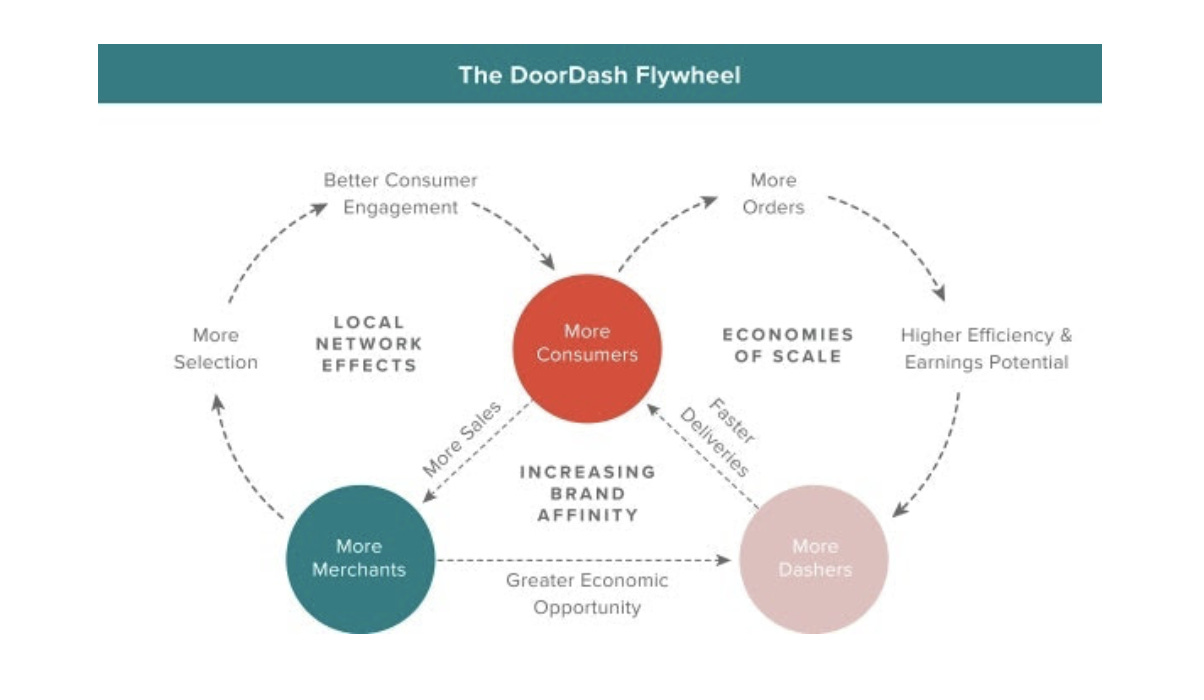
3️⃣ Content for Discovery
🔍 Goal: dominate intent-driven keywords
Organic traffic is still the quiet superpower of distribution. People are not craving more “future of X” essays. They want answers that help right now.
Write guides, teardown posts, benchmarks, calculators, or templates that meet them at the moment of need. A single evergreen page that ranks for the right phrase can outpull a big paid campaign because it compounds over time.
Great content is not a marketing accessory. It is an extension of your product’s usefulness.

4️⃣ The Data Flywheel
📈 Goal: more users → better product → cheaper acquisition
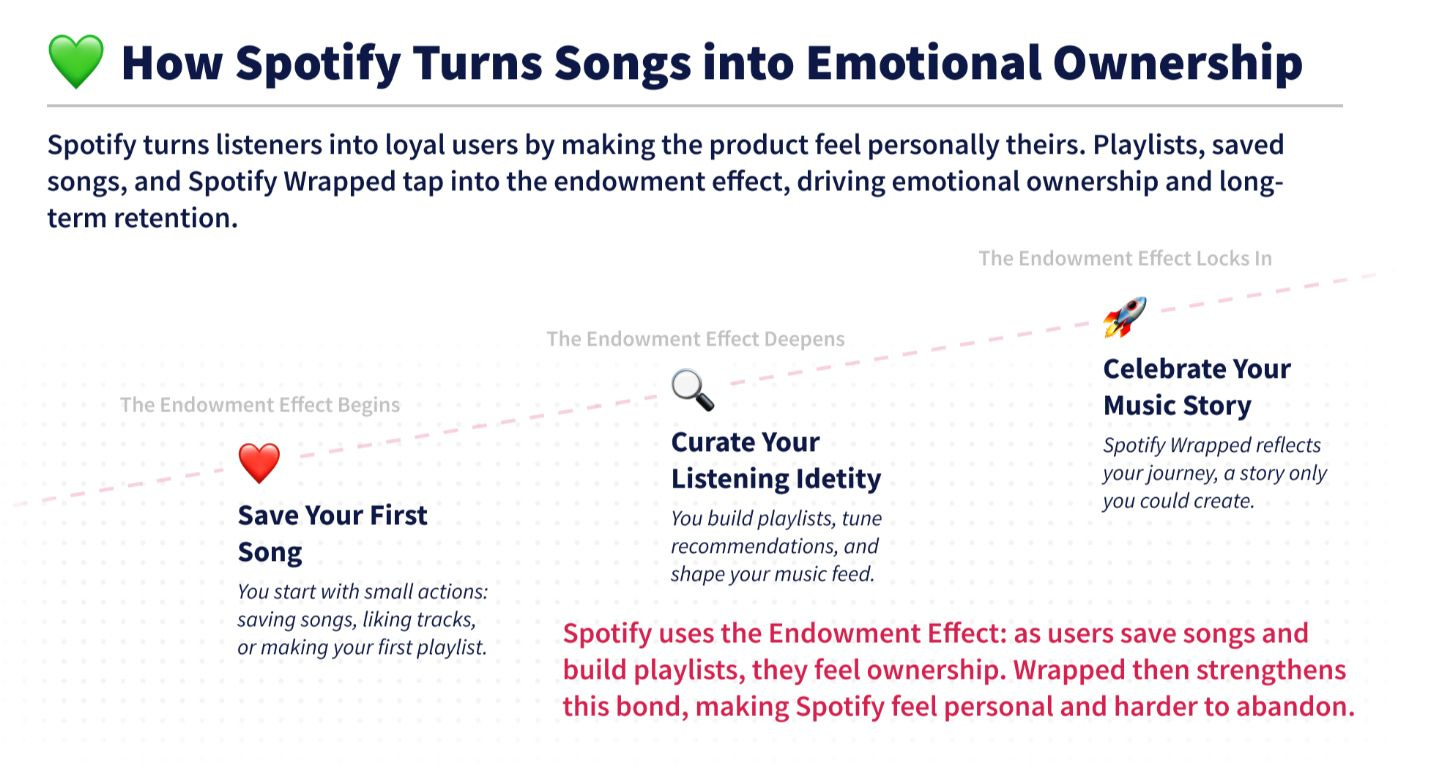
A strong distribution engine learns as it grows. Track how users reach their aha moment, where they stumble, and what keeps them active. Feed those insights back into your roadmap.
When scale sharpens the experience, such as Spotify’s personalised mixes or Grammarly’s writing tips, conversion improves and acquisition costs fall. That loop becomes a moat competitors cannot buy.
If you want a deeper dive into when to prioritise distribution over retention, I broke it down in this BrainDump on Acquisition vs Retention.
📊 Metrics That Actually Matter
Dashboards full of MRR can hide what is really happening. MRR lags behaviour by months. Logo churn ignores project-based use. A basic LTV:CAC ratio assumes retention is already solved.
Focus instead on signals that show if distribution is compounding:
💨 Acquisition velocity – are signups accelerating each week
⚡ Time to value – how fast until a user reaches their first win
🌱 Activation by source – which channels bring sticky users
🔎 Brand search & share of voice – are you claiming mindshare
💵 CAC payback – is the payback window shrinking
📈 Cohort quality – do later cohorts retain better
Founders who track these every day see trouble before it hits revenue.
⏱️ The 90-Day Distribution Sprint
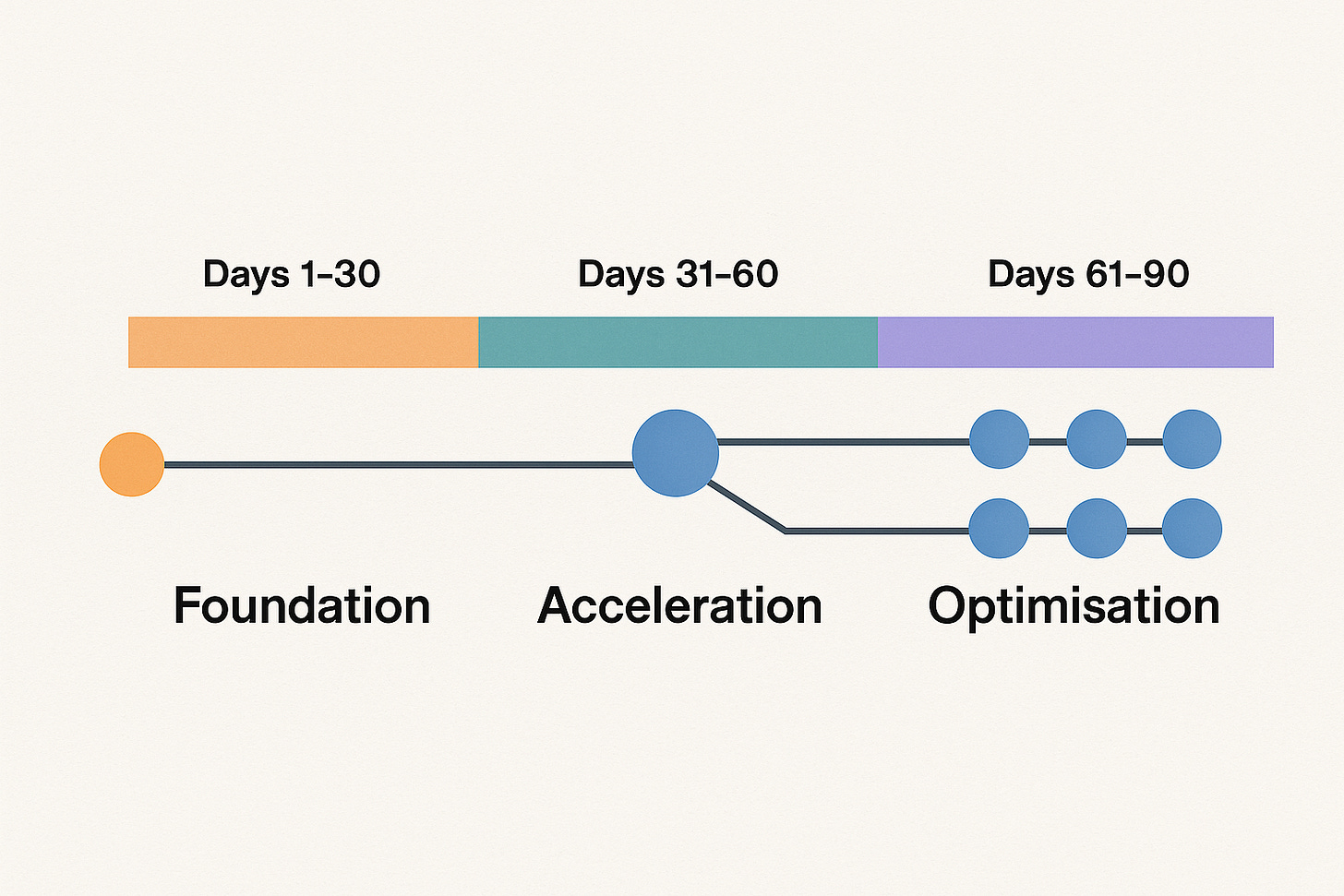
Think of early scale as three sprints inside one quarter.
Days 1–30 | Foundation
Cut half the friction from onboarding. Add viral prompts at three success points. Publish five intent-driven pieces. Set up dashboards for conversion, virality, and CAC payback.
Days 31–60 | Acceleration
Focus on the acquisition path with the highest activation. If a referral loop or partner play is on the table, launch it here.
Days 61–90 | Optimisation
Experiment with pricing or packaging while keeping momentum. Ship features that make your highest-value cohorts stick.
🛡️ When to Flip from Distribution to Retention
Distribution dominates until the curve slows even after you optimise funnels. Other signs:
CAC rising for three months
Well-funded rivals crowding the field
Investors asking for efficiency
Product-market fit across several segments
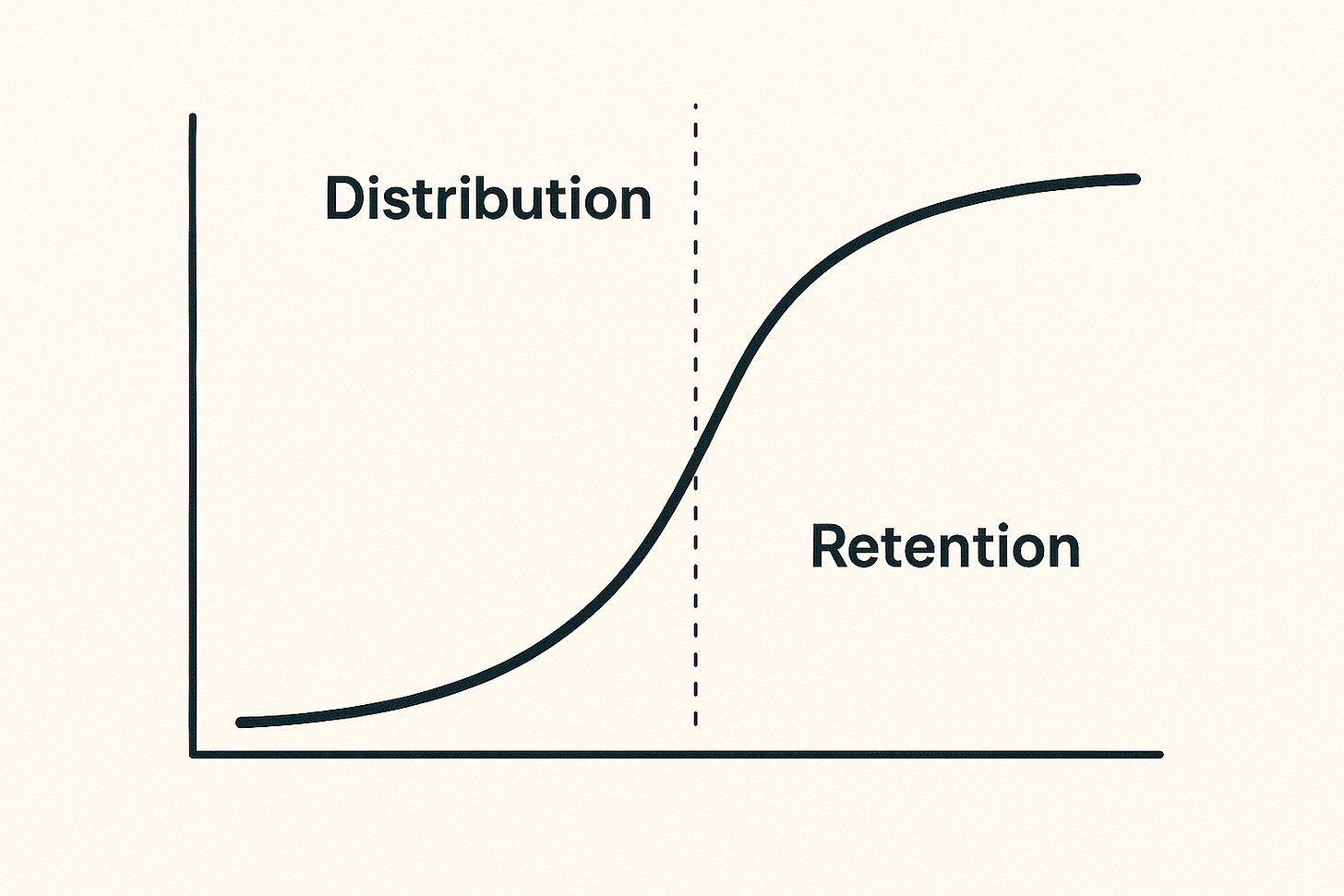
That is the moment to invest in premium features, segment by lifetime value, and explore value-based pricing. The engine that got you here will not carry you the next mile.
💡 Founder OS: Timing the Switch
Growth happens in two games, played one after the other.
Speed – capture attention while CAC is low and white space is open
Squeeze – deepen retention, monetise, defend what you have taken
Spotting the turning point is a core founder skill.
📚 Three Growth Thinkers to Bookmark
📌 Andrew Chen – explains network effects and how to design cold-start strategies so virality isn’t left to chance.
📌 Lenny Rachitsky – breaks growth into practical experiments you can test inside a sprint.
📌 Tomasz Tunguz – teaches how to read SaaS economics so you know exactly when your CAC, payback, and saturation signals say it’s time to switch gears.
Read these, and you’ll start to see distribution and retention not as opposites but as two chapters in the same story.
✨ Want every framework in one place?
I’ve compiled all 70+ LinkedIn BrainDumps into The Big Book of BrainDumps. It’s the complete playbook for founders who want repeatable, actionable growth frameworks. Check it out here.


Love it!
Really enjoyed this, especially the timing of switching from distribution to retention. From a financial perspective, managing working capital and liquidity is crucial during these growth phases. TCLM covers trade credit and cash flow strategies that complement such frameworks. Worth a skim if you’re into the economics of scale.
(It’s free)- https://tradecredit.substack.com/subscribe